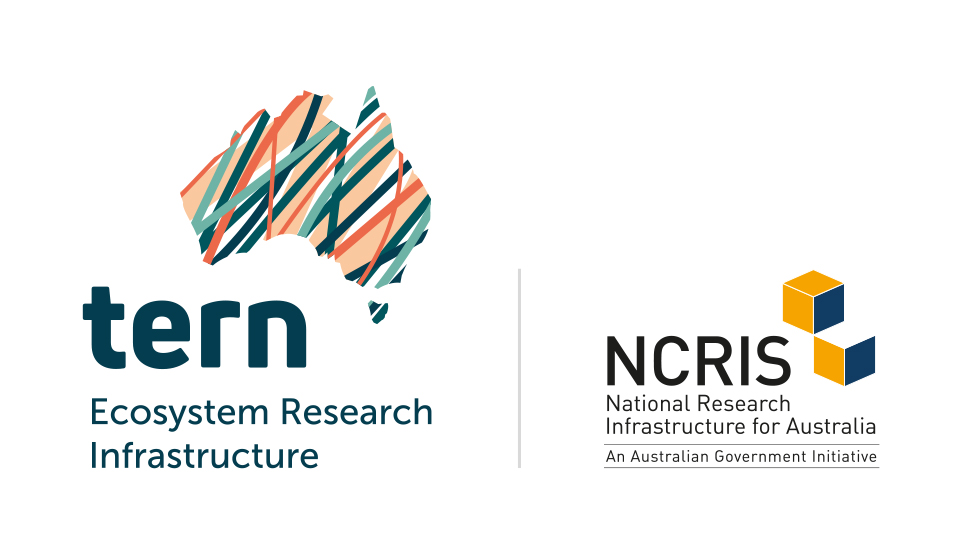
Introduction | Contacts | Purpose | Site Description | Measurements | DEM | Pictures
Site Description
Control Paddock
The Yarramundi Control Paddock site is located near Richmond, NSW (GPS coordinates -33.613469, 150.734864). The site is about 1 km east of the Cumberland Plain Woodland
flux tower. The climate is warm-temperate, with annual rainfall averaging 728 mm, mean maximum temperature in January of 30.4°C and mean minimum temperature in July of 3.6°C
(BOM station 067105). The elevation of the site is about 20 m asl and the topography is flat. The soil is sandy loam in texture, organic carbon content is <1% nutrient availability is
very low in the top 10 cm; iron concretions below 50 cm indicate poor drainage at times. The vegetation canopy is less than 1 m tall, and the plant community is dominated by
exotic herbaceous perennials, including Conyza sumatrensis, Setaria parviflora, Cynodon dactylon, Commelina cyanea, Senecio madagascariensis, and Eragrostis curvula.
Fluxes of water vapour, carbon dioxide and heat are quantified with the open-path eddy flux technique from a 2.5 m tall mast. Additional measurements above the canopy include temperature, humidity, rainfall and net radiation, and photographs are taken several times per day to track canopy greenness.
Irrigated Paddock
The Yarramundi Irrigated Paddock site is located near Richmond, NSW (GPS coordinates -33.620812, 150.763284). The site is about 3 km east of the Cumberland Plain Woodland flux
tower. The climate is warm-temperate, with annual rainfall averaging 728 mm, mean maximum temperature in January of 30.4C and mean minimum temperature in July of 3.6°C
(BOM station 067105). The elevation of the site is about 20 m asl and the topography is flat. The soil is sandy loam in texture, organic carbon content is <1%, and nutrient
availability is moderate in the top 10 cm; iron concretions below 50 cm indicate poor drainage at times. The vegetation canopy is up to 1 m tall, and the plant community is
dominated by exotic herbaceous perennials, including Digitaria sanguinalis, Bromus catharticus, Echinochloa crus-galli, Setaria parviflora, Eleusine indica, Conyza sumatrensis, Chenopodium album and Trifolium repens.
Fluxes of water vapour, carbon dioxide and heat are quantified with the open-path eddy flux technique from a 2.5 m tall mast. Additional measurements above the canopy include temperature, humidity, rainfall and net radiation, and photographs are taken several times per day to track canopy greenness. Irrigation water quality has higher nutrient and sodium levels than natural precipitation because the source is recycled wastewater.


